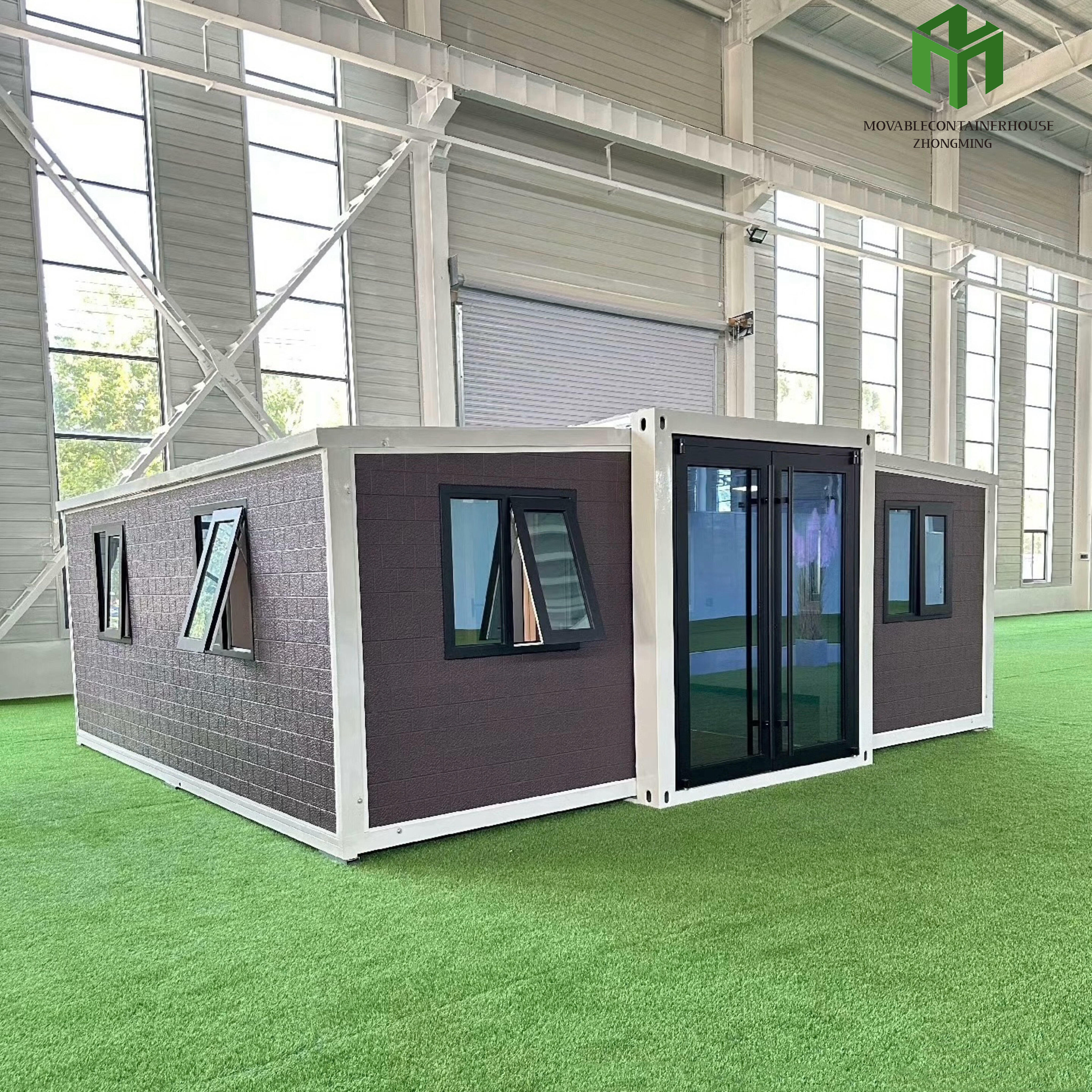The Evolution of Modern Remote Housing Solutions
The construction industry has witnessed a remarkable transformation in recent years, with flat pack container houses emerging as a revolutionary solution for remote living and development. These innovative structures combine the durability of shipping containers with the convenience of modular construction, creating versatile and practical housing options for challenging locations. As urbanization pushes development further into remote areas, the demand for efficient, transportable housing continues to grow.
Traditional construction methods often prove impractical or cost-prohibitive in remote locations due to limited access, resource scarcity, and harsh environmental conditions. Flat pack container houses address these challenges by offering a pre-engineered solution that can be easily transported and assembled on-site with minimal equipment and expertise.
Transportation and Logistics Advantages
Compact Design for Efficient Shipping
One of the most significant advantages of flat pack container houses lies in their transportation efficiency. Unlike fully assembled structures or traditional shipping containers, these units can be disassembled into flat components, allowing multiple units to be transported simultaneously. This design reduces shipping costs by up to 75% compared to conventional building methods, making them particularly attractive for remote construction projects.
The flat-packed nature of these structures means they can be transported via standard shipping containers, trucks, or even small aircraft, depending on the site's accessibility. This versatility in transportation options opens up possibilities for construction in previously challenging or inaccessible locations.
Simplified Site Delivery Process
Remote sites often lack the infrastructure needed for large construction vehicles and equipment. Flat pack container houses circumvent this limitation through their modular design. Components can be manually carried or transported using smaller vehicles, making them ideal for locations with limited access or rough terrain.
The reduced weight and size of individual components also minimize the impact on local infrastructure and environment during transportation, an important consideration for environmentally sensitive areas or locations with weight-restricted access routes.
Assembly and Construction Benefits
Rapid On-Site Installation
Time is often critical in remote construction projects, and flat pack container houses excel in this aspect. A typical unit can be assembled by a small team in just a few days, compared to weeks or months required for traditional construction. This quick assembly time reduces labor costs and minimizes the logistical challenges of supporting construction crews in remote locations.
The pre-engineered components come with detailed assembly instructions and require minimal specialized tools, making the construction process straightforward and reducing the need for skilled labor. This self-sufficient approach is particularly valuable in areas where access to construction expertise is limited.
Minimal Site Preparation Requirements
Remote sites often present challenges in terms of ground preparation and foundation work. Flat pack container houses are designed to be erected on various surfaces with minimal site preparation. Their lightweight nature typically requires only basic foundations, such as concrete piers or screw piles, significantly reducing the need for heavy earthmoving equipment and extensive groundwork.

Environmental and Sustainability Features
Energy Efficient Design
Modern flat pack container houses incorporate advanced insulation materials and energy-efficient features. The modular walls can be fitted with high-performance insulation, reducing heating and cooling requirements in extreme climates. This energy efficiency is crucial for remote locations where power supply might be limited or dependent on generators.
Many designs also include provisions for solar panels, battery storage, and other renewable energy systems, making them well-suited for off-grid applications. The ability to integrate sustainable technologies helps reduce operational costs and environmental impact over the structure's lifetime.
Minimal Environmental Impact
The construction of flat pack container houses results in significantly less site disturbance compared to traditional building methods. The reduced need for heavy machinery and minimal foundation requirements helps preserve the natural environment, making these structures ideal for environmentally sensitive areas.
Additionally, the materials used in flat pack container houses are often recyclable, and the structures themselves can be disassembled and relocated if needed, leaving minimal permanent impact on the site.
Customization and Adaptability
Flexible Design Options
Despite their standardized components, flat pack container houses offer remarkable flexibility in design and layout. Units can be configured in various arrangements to meet specific needs, from simple single-room structures to complex multi-story buildings. This adaptability allows for customization to suit different climates, cultural preferences, and functional requirements.
The modular nature of these buildings also facilitates future modifications or expansions, making them ideal for growing communities or changing needs in remote locations. Interior layouts can be easily modified, and additional modules can be added as required.
Climate Adaptation Features
Modern flat pack container houses can be equipped with features specifically designed for extreme environments. This includes enhanced insulation for cold climates, ventilation systems for tropical regions, and reinforced structures for areas prone to severe weather. The ability to customize these features ensures optimal performance regardless of the location's environmental challenges.
Frequently Asked Questions
How long do flat pack container houses typically last?
With proper maintenance and protection from the elements, flat pack container houses can last 25-30 years or more. The durability largely depends on the quality of materials used, the local climate conditions, and how well the structure is maintained over time.
Can flat pack container houses withstand extreme weather conditions?
These structures are engineered to meet local building codes and can be designed to withstand various weather conditions, including high winds, heavy snow loads, and seismic activity. Additional reinforcement and specific design features can be incorporated for particularly challenging environments.
What are the typical costs compared to traditional construction?
While initial material costs might be comparable to traditional construction, flat pack container houses often result in significant overall savings through reduced transportation costs, faster assembly times, and lower labor requirements. The total cost advantage becomes particularly evident in remote locations where traditional construction logistics would be extremely expensive.
How are utilities managed in remote locations?
Flat pack container houses can be designed with self-sufficient utility systems, including solar power, water storage, and waste management solutions. They can also be configured to connect to existing utility infrastructure where available, offering flexibility in how essential services are provided.


